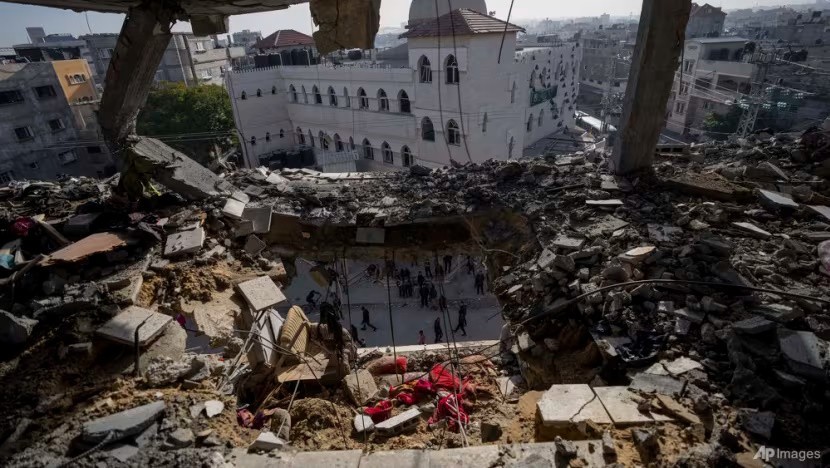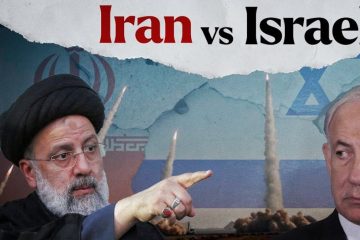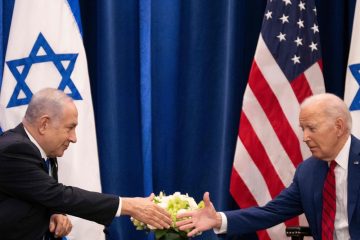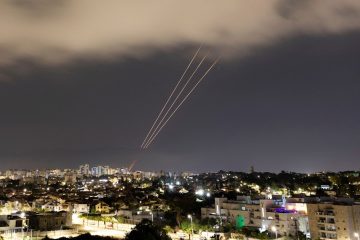Hamas Wants Thousands of Palestinians Freed in Hostage Deal

Hamas’s response to a U.S.-backed cease-fire proposal calls on Israel to release thousands of Palestinian prisoners in exchange for Israeli hostages, according to a document seen by The Wall Street Journal.
The group, in a written response sent Tuesday to Egyptian and Qatari mediators, called for the release of all Palestinian women and children under the age of 19 held in Israeli jails, along with all prisoners 50 and older, in return for a first group of civilian Israeli hostages held by Hamas in Gaza.
In a second stage, Hamas demanded the release of 1,500 prisoners, including 500 serving long-term sentences, in exchange for Israeli soldiers held in Gaza.
The demands are among an array of requests the group made in a lengthy reply to a U.S.-backed proposal for a cease-fire that had been accepted by Egypt, Qatar and Israel’s foreign intelligence service.
The response raises a new challenge to American-backed efforts to achieve a deal that would stop the fighting in Gaza and free Israeli hostages. Israeli Prime Minister Benjamin Netanyahu faces opposition on the right within Israel to the release of Palestinian prisoners, especially those accused of committing violent attacks.
President Biden, speaking at the White House on Tuesday, critiqued Hamas’s reply, saying, “It seems to be a little over the top.”
Secretary of State Antony Blinken has traveled to Israel, where he was set to discuss the Hamas response with Israeli officials. The U.S. is dialing up pressure on its allies in the region to stop the fighting in Gaza, which has left much of the enclave in ruins and pushed the Middle East to the brink of regional war.
Dozens of Israeli hostages remain held by Hamas in Gaza following the Oct. 7 attack, which killed more than 1,200 people, mostly civilians. As many as 50 of the hostages could be dead, according to an Israeli assessment reported by the Journal.
Blinken was scheduled to meet with Netanyahu, Israeli military chief Herzi Halevi, Defense Minister Yoav Gallant and President Isaac Herzog.
Hamas’s response calls for an end to the siege of Gaza, negotiations toward a lasting truce and the reconstruction of destroyed buildings in the territory. It also calls for Gazans to be allowed to return to their homes.
The counterproposal is more detailed than the initial U.S.-backed draft, which called for hostages to be released during a series of three six-week stages, during which negotiators would push for a lasting truce.
Hamas isn’t demanding an immediate end to the war, and would rather allow for negotiations toward a lasting truce to play out during a cease-fire. It also hasn’t demanded an immediate Israeli military withdrawal from Gaza, instead allowing for a phased redeployment.
The duration of a cease-fire has been one sticking point in the negotiations, with Hamas leaders calling for a long-term truce and Netanyahu saying ending the war is a “red line” he won’t cross. A weeklong cease-fire in November resulted in the release of more than 100 hostages.
Hamas’s response includes a detailed plan for how the group wants a cease-fire to unfold. During a first phase of 45 days, the plan calls for the release of all Israeli nonmilitary hostages while Israeli forces would redeploy outside of populated areas in Gaza. During this period, Hamas says it wants reconstruction to begin on homes, schools and other facilities destroyed during the war. Hamas is demanding an increase in humanitarian aid during this phase, calling for 500 trucks a day to carry supplies into Gaza.
During this time, Hamas would trade civilian hostages for women, children and elderly Palestinian prisoners. Hamas wants negotiations over a lasting cease-fire to begin during the first phase.
Hamas is demanding the launch of a “comprehensive reconstruction” in Gaza during a second 45-day phase, along with the release of military hostages in return for 1,500 Palestinian prisoners. In the third stage, Hamas is proposing that both sides exchange the bodies of the dead.
Blinken’s visit to Israel, his fifth since the war began, comes at a pivotal moment in the war. If a cease-fire deal isn’t reached, Israel has vowed to press on with its military offensive in Gaza.
More than 27,000 Palestinians have been killed in Gaza since the start of the war, the majority of them women and children, according to the Palestinian Health Ministry. The figure doesn’t distinguish between civilians and militants.
Israeli leaders including Gallant have vowed to strike Hamas in Rafah, saying an operation in the city in southern Gaza—where more than a million Palestinians are sheltering—is essential to cut off the military group’s smuggling routes to Egypt. Egypt has expressed concerns that a military operation in the area could cause an exodus of Palestinians into Egyptian territory, a crisis that would damage Egypt’s relationship with Israel.







